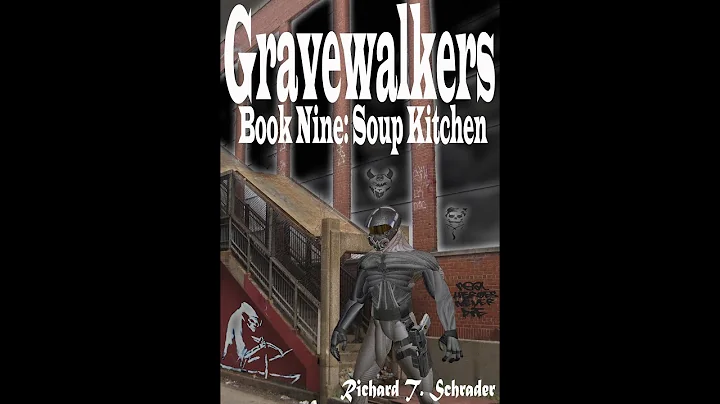Stretching is an important part of health because it helps maintain joint flexibility and ductility.
Stretching can improve muscle development, increase joint mobility, reduce the chance of injury, and make muscles more flexible.
So you should do appropriate stretching exercises before and after exercise.

The following is a set of muscle stretching diagrams for the whole body, teaching you to clearly stretch the whole body
Stretch the muscles of the neck bent

Involved muscles: sternocleidomastoid muscle
Key points: Place your hand on your hips, straighten your back, and gently raise your head and stretch it upwards.
Use the help of a hand to stretch the lateral muscles of the neck

involves muscles: sternocleidomastoid muscle and upper trapezoid
Key points: sit up, stand upright, tilt your head to the left, look your ears to the left shoulder, and repeat the exercise in the opposite direction.
Baby


Involved muscles: back muscles
Key points: kneel, legs spread, hips sit toward the heel, body forward, trying to touch the ground with your forehead.
Camel-style

involves muscles: rectus abdominal and external oblique
Key points: Push the hip forward, slightly upward, do not over-squeeze the waist.
Stretching the chest muscles against the wall

involves muscles: the muscles on the back and chest.
Key points: Stand facing the wall, push the wall with your right hand, slowly leave the wall, repeat on the other side.
wide angle


muscles involve: adductor muscles, hamstring muscles .
Key points: Sitting on the floor, stretch your legs straight and open, do not bend your knees, lean your body forward, and stretch your hands forward along your legs.
Side shoulder stretch

involves muscle: lateral deltoid muscle.
Key points: Stand, straighten your arms, press gently to increase muscle stretching, and repeat the exercise with the other hand.
Standing neck stretch

involves muscle: trapezius.
Key points: Stand, put your legs together, bend your knees slightly, lean your head forward with your hands, and look for your chest with your chin.
Triangular

involves muscles: external oblique muscles.
Key points: Place your hands in front of the standing leg, straighten your back, lift the opposite arm, and open your hips from front to back.
against the wall lower dog-style

involves muscles: the muscles on the back and chest.
Key points: Stand at a certain distance from the wall, and your body is parallel to the floor. Keep your back flat and then slowly bend it from your chest.
Super spine torsion


involves muscles: hips and external oblique muscles.
Key points: Lying on your back, bend your right knee, twisting your body to the left.
Standing side reflex

involves muscles: the external oblique muscle and the widest muscle on the back.
Key points: Stand, bend your body to the right, and repeat the exercises on the left.
Simple single leg forward flexion

involves muscles: hamstrings.
Key points: Stand with one foot in front, and your back is straight. Place your hands on your hips, fold forward from your hips, repeating on the other leg.
butterfly

involves muscle: adductor muscle.
Key points: Sit down with your knees bent, your feet are opposite, your back is straight, gently place your hands on your knees, and put your hips and knees down to the ground.
Embaring baby

involves muscles: hip flexor muscles.
Key points: Sit on the floor, straighten your back, slowly pull one leg to your chest, turn your thighs out, and repeat the other leg.
Sitting pigeon style

Involved muscles: anterior tibia
Key points: Sitting on the floor, retract your right hand, hold your right foot with your hand and place it on your left knee, repeat with your left foot.
Pre-flexural folding

involves muscles: hamstrings and calf muscles.
Key points: Sitting on the floor, fold your legs together and straightly forward.
sprint

involves muscles: waist muscles and quadriceps .
Key points: Sprinting style, with the left leg bent knee 90 degrees forward. Grab your right foot towards your waist and change to the other foot and repeat.
learned about the muscles and key points of each stretching movement. Will the future stretching movements be more targeted!











